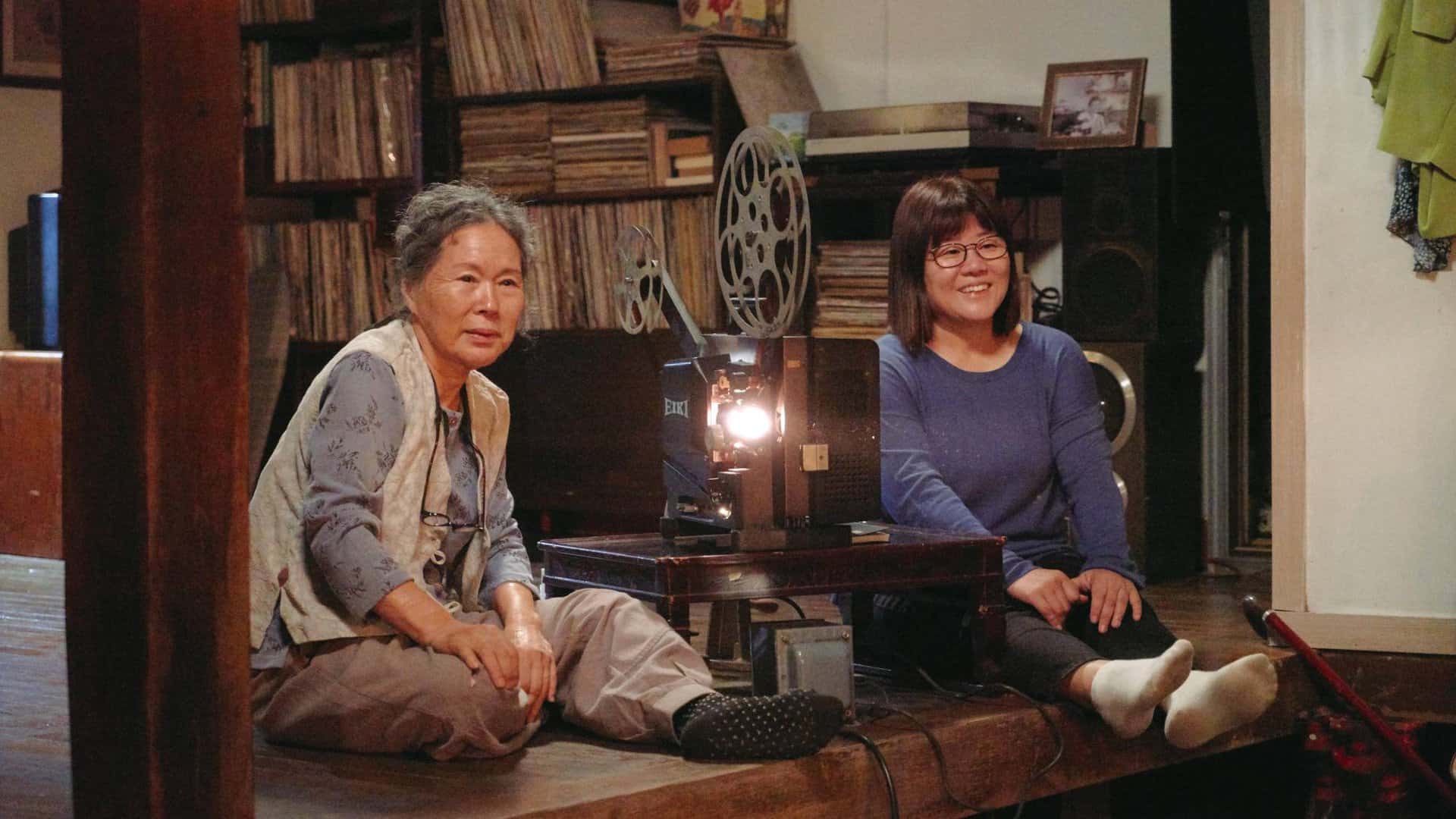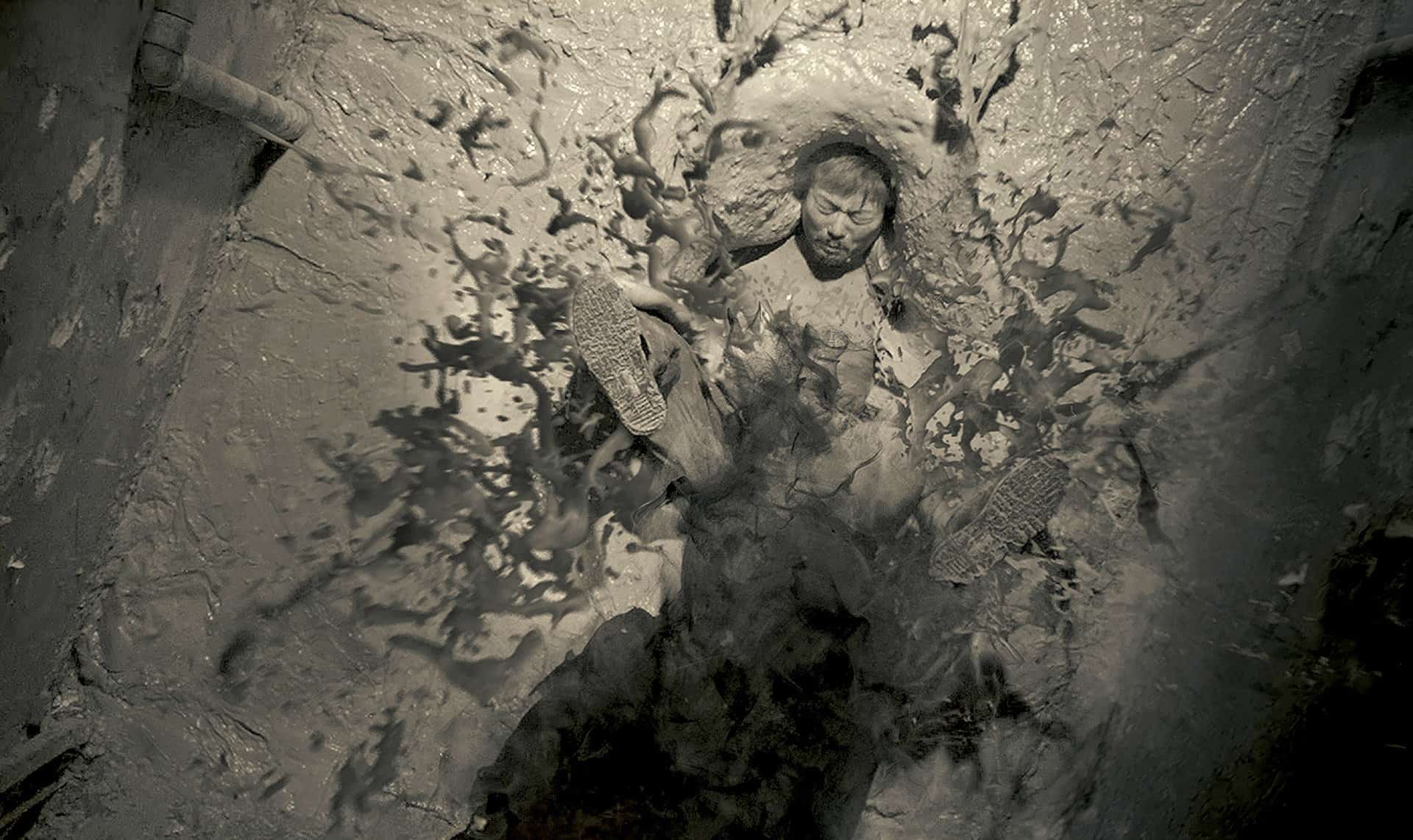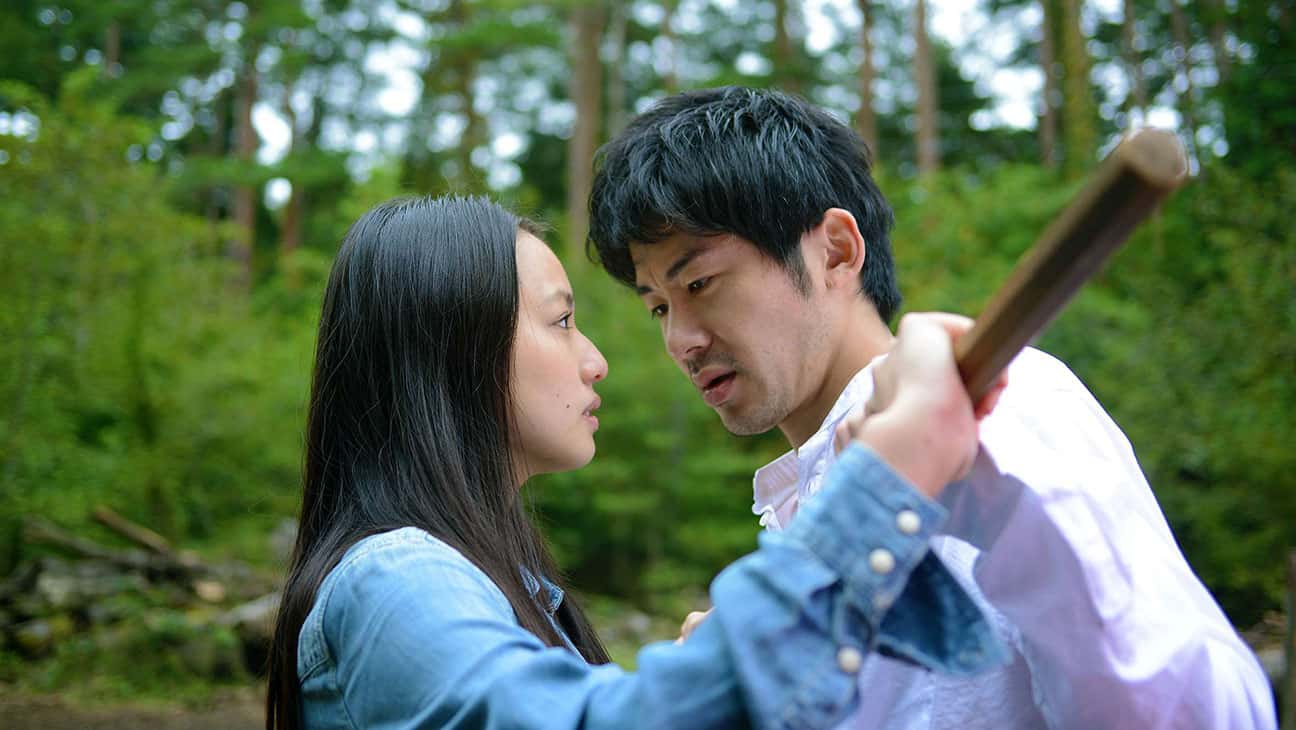“Hill of no Return” is the final installment in director Wang Tung's trilogy about Taiwanese peasants during and after the Japanese occupation. Though the film garnered numerous Golden Horse awards, most notably for Best Director, Best Picture, and Best Screenplay, very little attention has been paid to it outside of Taiwan.
Hill of no Return is Screening at Taiwan Film Festival Edinburgh

Brothers Chu (Peng Chia-chia) and Wei (Huang Pin-yuan) are working at a farm somewhere in Taiwan during the Japanese occupation. One evening, they hear a story about a golden town in the mountains where everyone can get rich. Early next morning, the two run away from their job, trying to find their luck in Chiufen, a gold mine settlement, ruled by the coldblooded and brutal Japanese occupiers. Settling in the small community, the older brother Chu falls in love with their entrepreneurial widowed landlady, whereas the younger Wei grows feelings for Fumiko (Yang Kuei-mei), the Ryukyuan housekeeper of the town's brothel.
“Hill of no Return” is as much a story of the brothers' quest for better life as it is about the life in the settlement under Japanese rule, and by extension, the whole island under the long and oftentimes brutal occupation. Still, Chu and Wei are our anchors in this three hour long solemn epic, both because their story takes most of the screen time, but more importantly, because they are just like us, the viewers, newcomers to this community.
Through the brothers' eyes, we see the strict societal hierarchy within the mining town, both based on race and gender. At the top are the Japanese occupiers, who wear westernized clothes and enjoy many of the pleasures of the modern world, be it listening to gramophones and sitting on chairs, or even something as simple as wearing western clothes. Beneath them are all Taiwanese, of pure blood, mind you, because children of mixed marriages, such as the young boy working in the brothel, are pariahs rejected by everyone. The natives also live in a strict hierarchy where the men are given a bit more freedom than the women (they participate in festivals, sing opera, go to restaurants and the brothel), the women seem to only exist to serve the men with their bodies.
Though occupying different places within the hierarchy of the community, all the characters in the movie are connected by something fundamental – the need for them to sell their bodies to survive. The women do it in the most degrading way possible, through prostitution, while the men, through mining. Later, though, they are in a way equated when the mining supervisors start checking the worker's anuses for smuggled gold. The subjugation and dehumanization of the entire society is complete.
None of the members of the community wants to be in the mining town, yet none of them is brought there against their choice. Not even the prostitutes in the brothel, sent there to earn money for their families. After all, all of them are somewhat free citizens of the Japanese empire. However, this freedom is illusory, because as Wang Tung brilliantly shows, they all live in such a state of complete control by the Japanese colonizers that the everything is a prison. We see this time and again, initially mostly in the brothel where the women are framed behind bars, but as the movie progresses, with the men too. That is why also we don't see the oppressors much. Their physical absence in the town speaks for their overarching presence. In a sense, their control is everywhere, so they don't have to be anywhere.
Wang Tung chooses to show the world of the town using only deep focus. This way, we can witness everything that happens onscreen – the main characters and their interaction, but also the intricate goings-on in the small community around them. We see the hustle and bustle of the world and the workers, especially when they are spending most of their hard earned cash for pleasure, each time going further and further away from their dream of freedom. This places us better in the world the movie takes place, but has a more important function. By deciding to show everyone and in a way, focus on them, the director shows us the totality of the suffering and dehumanization of the people in the community, making it a story not about the brothers in the closed-off community, but about the entire island.
What connects everyone in the settlement, we witness the ending scene between Fumiko and Wei, is not the desire for a better life, but the realization that such a life is utterly impossible. The only way for a person to survive is to discard his humanity, throw away his hopes and dreams, and exist serving his body and serving with his body.
















